Crypto Mining for Beginners
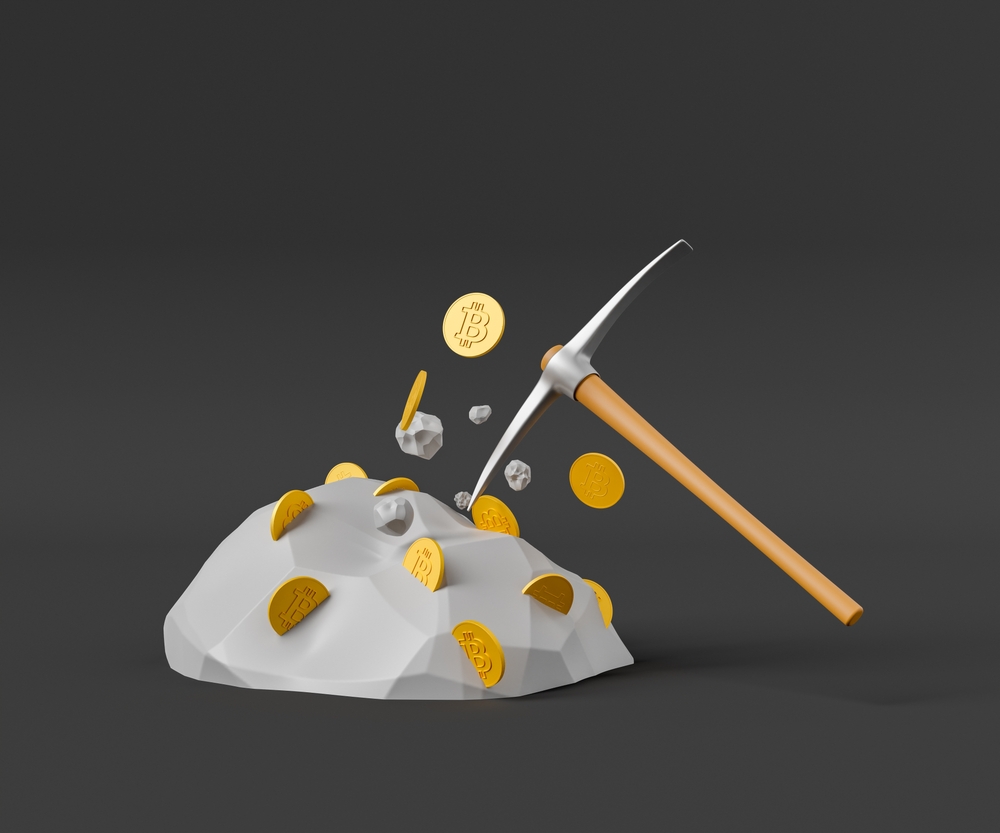
Ever wondered if mining cryptocurrency is a good idea for you? Maybe you’ve heard stories of people making thousands of dollars. Here’s the scoop: jumping into crypto mining isn’t as straightforward as it might seem. It’s essential to know the hurdles you’ll face, from the sky-high costs of hardware and electricity to the need for some serious technical chops. Think GPU rigs, hefty electricity bills, and regular maintenance on your equipment. Plus, navigating software setup and solving problems like overheating can be tricky. And don’t forget the hefty energy consumption, which not only weighs on your pocket but also has a significant environmental impact. Knowing these challenges upfront is crucial to figuring out if this venture is right for you. So before you rush in, let’s explore these aspects and help determine if crypto mining can really be your golden ticket or just a costly experiment. Stay tuned to see how mining works and whether it’s actually worth your time.
Understanding the Challenges
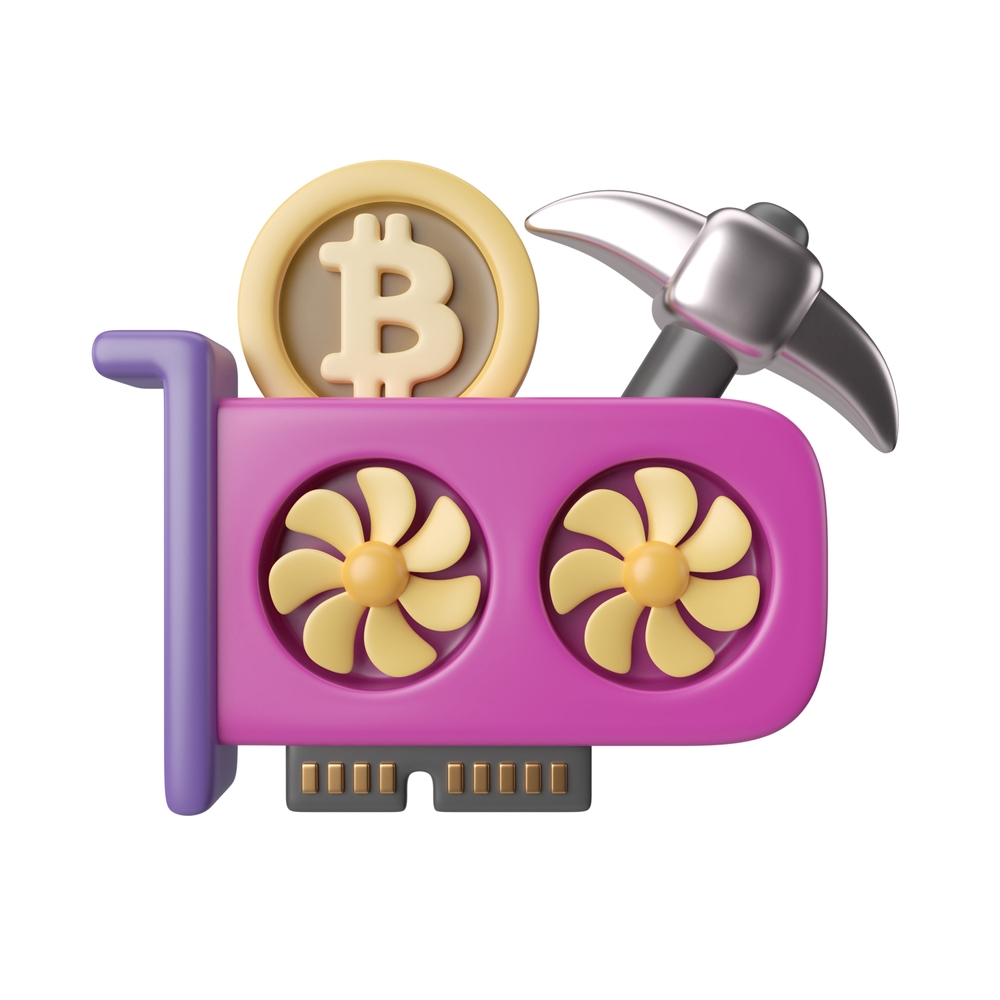
Before diving headfirst into crypto mining, it’s essential to understand the challenges you might face. Let’s break down the main hurdles:
High Initial Costs
Getting started with crypto mining isn’t cheap. The expenses can be split into several major categories:
- Hardware Costs: ASIC miners, GPUs, and CPUs can quickly add up, potentially requiring an investment of several thousand dollars.
- Electricity Costs: Mining rigs are power-hungry beasts, and your electricity bill will reflect that.
- Maintenance: Regular upgrades and repairs can also add to the overall cost.
Technical Know-How
Mining isn’t as simple as plugging in a machine and watching money roll in. You need a certain level of technical expertise:
- Hardware Setup: Understanding how to configure and optimize your mining equipment is crucial.
- Software Configuration: You’ll need to install and tweak mining software to get the best performance.
- Troubleshooting: Be prepared to solve common issues like overheating or connectivity problems.
Energy Consumption Concerns
Crypto mining is notorious for its high energy consumption, which brings up both cost and environmental issues:
- Electricity Costs: According to a study by the Cambridge Centre for Alternative Finance, the global bitcoin network alone consumes more energy than entire countries like the Netherlands.
- Environmental Impact: A growing number of miners are looking for renewable energy sources to mitigate their carbon footprint.
These challenges might seem daunting, but don’t worry. Understanding them is the first step in deciding whether crypto mining is right for you. Curious about how crypto mining actually works? We’ve got that covered in the next section, so stay tuned!
What Exactly is Crypto Mining?
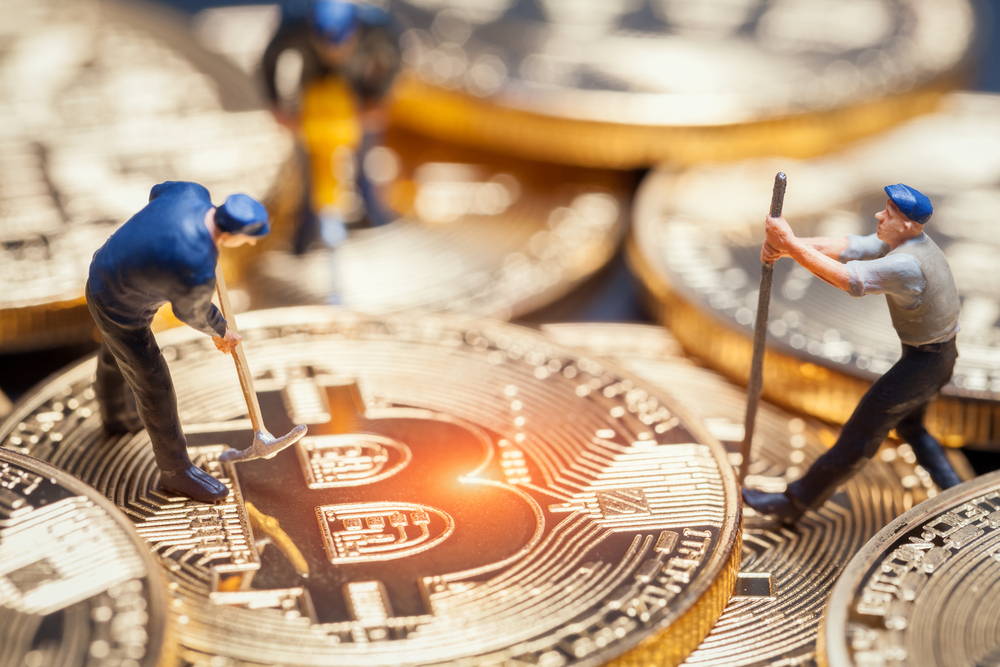
Let’s break down the whirlwind that is crypto mining. It might sound complex, but I’ll explain it in a way that feels like having a coffee chat with a friend. Imagine you’re helping to maintain a giant digital ledger—this ledger is the blockchain. Your computer does the heavy lifting, solving puzzles and validating transactions. But, what does that really mean?
Basic Principles
So, here’s where crypto mining starts:
- Transactions: These are crypto dealings that need validation.
- Miners: That’s you (or your computer), competing to solve complex math problems.
- Blocks: Imagine these as pages in that ledger, once filled with transactions and verified, they get added to the chain.
Each transaction block added is a step towards securing the network and keeping everything transparent. Plus, you get rewarded with new coins! Sounds neat, right?
Mining Algorithms
Different cryptocurrencies use different algorithms to secure their networks. The most common ones you’ll hear about include:
- SHA-256 – Used by Bitcoin. It’s resource-intensive and requires specialized hardware called ASICs (Application-Specific Integrated Circuits).
- Ethash – Mainly for Ethereum. It’s more memory-intensive, which means you can use powerful GPUs (Graphics Processing Units) to mine.
- RandomX – Monero’s choice. This algorithm is designed to be ASIC-resistant, allowing regular CPUs to compete effectively.
Each one has its pros and cons, which we’ll explore thoroughly in subsequent posts. Choosing the right algorithm can make or break your mining operation.
Networks and Blocks
If you look at blockchain like a library, each transaction is a book check-out or check-in. Miners, like librarians, validate these transactions and ensure no one can cheat. However, it’s not as easy as it sounds.
Here’s how it works:
- Validation: Each miner works to confirm transactions. This process helps maintain the blockchain’s integrity.
- Proof of Work (PoW): To add a new block to the chain, miners need to solve a cryptographic puzzle. It requires a ton of computational power, which keeps the network secure.
- Reward: Successfully adding a block earns you new coins. Think of it like getting paid for each ledger you help update.
“Crypto mining is like playing a never-ending game where winners are rewarded, and the world gets a more secure financial ecosystem.”
Now, imagine each time a new chapter in this never-ending book completes, you’re not just rewarded with knowledge but with actual cryptocurrency. Fascinating, isn’t it?
So, now that you know what crypto mining is all about, you might be wondering… Is it actually profitable for beginners like you and me? Don’t worry, I’ve got you covered. Stay tuned as I’ll tackle the profitability aspect next and uncover real-world numbers!
Is Crypto Mining Profitable for Beginners?
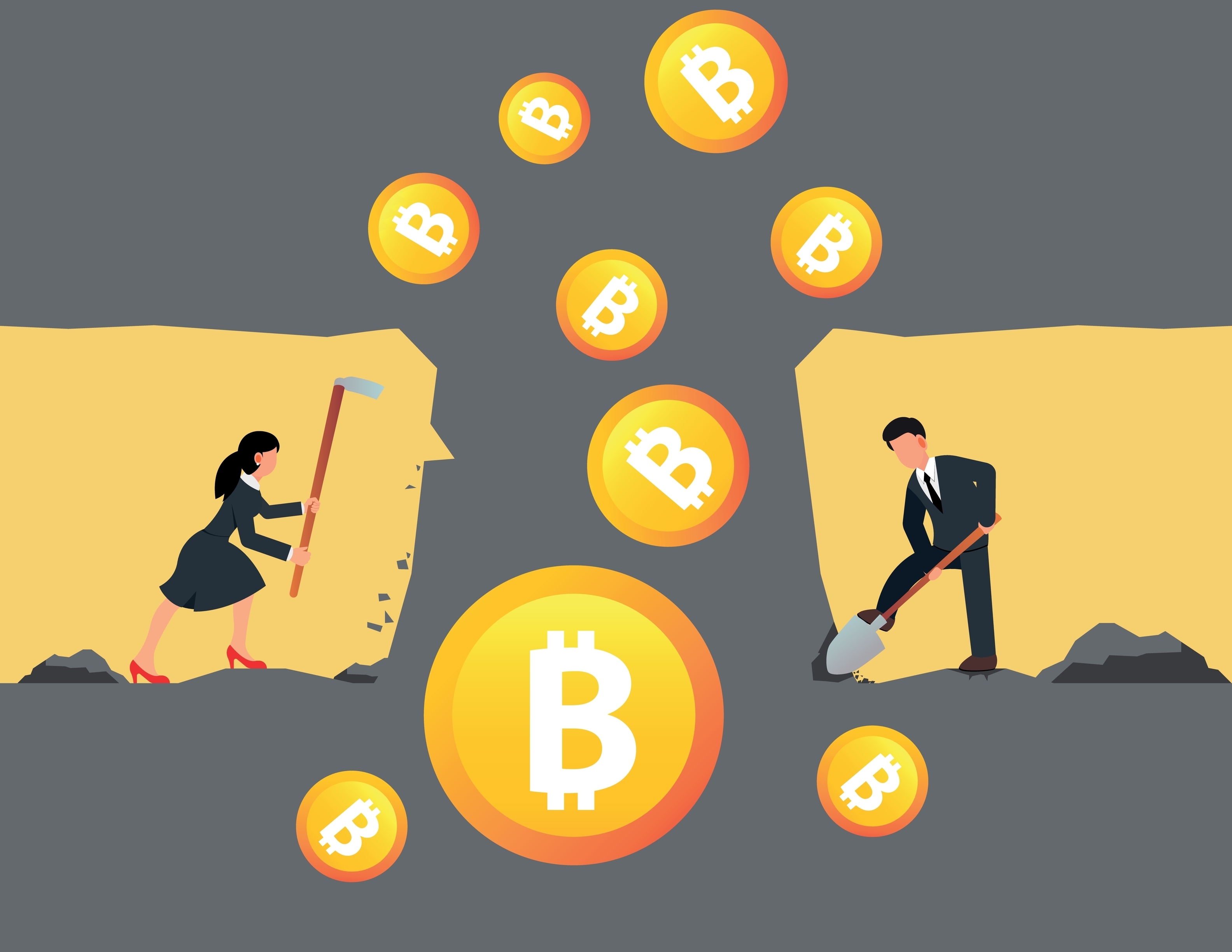
Alright, let’s get straight to it: is crypto mining actually profitable for beginners? You might have heard tales of people striking it rich through mining, but is it as simple as it sounds? Let’s pull back the curtain and look at the factors that will really affect your potential earnings.
Market Volatility
First up, let’s talk about market volatility. Cryptocurrencies are notorious for their wild price swings. This means that while you might be mining coins today that could be worth a fortune tomorrow, they could also drop in value in a heartbeat. To put it in perspective, Bitcoin jumped from around $3,000 in March 2020 to over $60,000 by April 2021, only to crash back down. Such unpredictable nature can impact your mining profits significantly.
“Risk comes from not knowing what you’re doing.” – Warren Buffett
Crypto markets can be exciting but also stressful. Understanding this volatility is key to managing your expectations and strategies.
Equipment and Setup Costs
Next, let’s cover the equipment and setup costs. Starting a crypto mining operation isn’t cheap. You’ll need a powerful mining rig, and these can cost anywhere from a few hundred dollars to several thousand. Plus, specialized graphics cards (GPUs) and ASIC miners can be expensive and sometimes hard to find due to high demand.
- Initial Investment: High-end GPUs can cost between $500 and $2000 each, while ASIC machines can range from $2000 to $10,000.
- Maintenance Costs: Keep in mind the ongoing expenses, such as electricity, cooling, and possible repairs.
It’s almost like running a small tech startup right in your own home—or maybe even your garage!
Economies of Scale
Ever heard the saying “the rich get richer”? Well, that applies to crypto mining too. Bigger operations have an edge because they can buy in bulk and reduce per-unit costs. They’re able to mine more efficiently due to powerful setups and strategic locations with cheaper electricity.
- Bulk Hardware Discounts: Large-scale miners often get discounts on bulk purchases of mining rigs.
- Cheaper Electricity: Many big operations are set up in regions with lower electricity costs, giving them a clear advantage.
While this doesn’t mean you can’t be profitable as a smaller miner, it’s important to understand why large players are often more successful.
Difficulty Levels
Last but not least, let’s talk about the difficulty levels of mining different cryptocurrencies. Mining difficulty adjusts based on the number of miners in the network. As more miners join, the difficulty increases, meaning you have to invest more time and resources for the same reward.
For example, Bitcoin’s mining difficulty has increased substantially over the years. This makes it challenging for small, independent miners to stay profitable without significant investment in top-notch hardware and large operations.
So, now you’re well aware of the complexities and expenses involved in starting your mining journey. With all the challenges laid out, which cryptocurrencies offer a more beginner-friendly experience? Stay tuned as we break down some of the easiest and most profitable coins to start mining!
The Easiest Cryptocurrencies to Start Mining
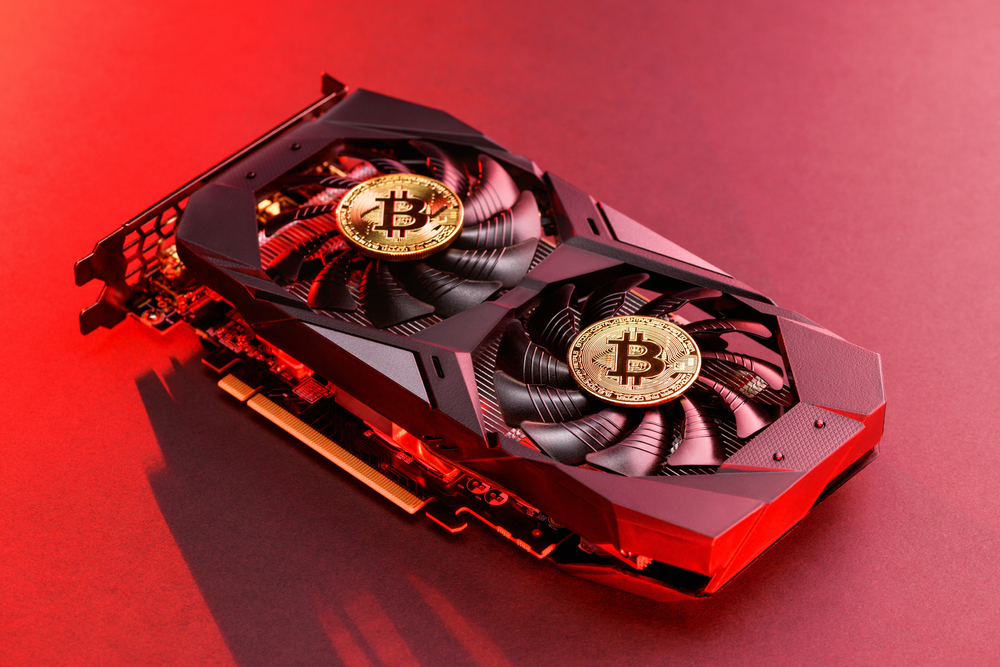
If you’re new to the world of crypto mining, you’ll probably want to start with something simple and cost-effective. Let’s explore some of the easiest cryptocurrencies for beginners to mine. After all, choosing the right coin can make your mining journey much more manageable and potentially profitable.
Monero (XMR)
Monero is one of the most beginner-friendly cryptocurrencies to mine. It uses the RandomX algorithm that is designed to be ASIC-resistant, meaning you don’t need expensive hardware to get started.
- Pros: Can be mined with consumer-grade CPUs and GPUs, hence lower initial costs. Additionally, Monero has a strong community and good privacy features.
- Cons: Monero has higher volatility and sometimes lower profitability compared to more established coins like Bitcoin.
“Mining Monero is like getting your feet wet without diving into the deep end. It provides a good balance between simplicity and reward.” – A seasoned miner
Zcash (ZEC)
Zcash makes the list primarily due to its Equihash algorithm, which is also ASIC-resistant, allowing entry-level miners to use their existing GPU setups.
- Pros: Enhanced privacy features and an active development team. It’s a suitable option for those who don’t want to invest heavily in hardware initially.
- Cons: Energy consumption can be higher compared to Monero, and the reward structure can be less predictable.
Ravencoin (RVN)
Ravencoin is another excellent choice for amateur miners. It uses the KAWPOW algorithm, which is optimized for GPU mining, providing a fair opportunity for individual miners.
- Pros: User-friendly for beginners and has strong community support. The coin also has promising use cases, which might boost its value in the future.
- Cons: Fluctuating mining difficulty levels might affect your profitability from time to time.
Additional Options Worth Considering
While Monero, Zcash, and Ravencoin are highly recommended, there are other cryptocurrencies you might want to look into. These include Ethereum Classic (ETC), Litecoin (LTC), and even some newer coins like Grin (GRIN). Each of these has its own pros and cons, so it’s worthwhile to research and see which aligns best with your goals and resources.
Choosing the right cryptocurrency to mine is crucial, but it’s just the beginning. In the next section, we’ll explore the essential equipment and software you’ll need to start mining effectively. Ready to see what gear can maximize your mining potential? Stay with me, and let’s check it out!
Essential Equipment and Software
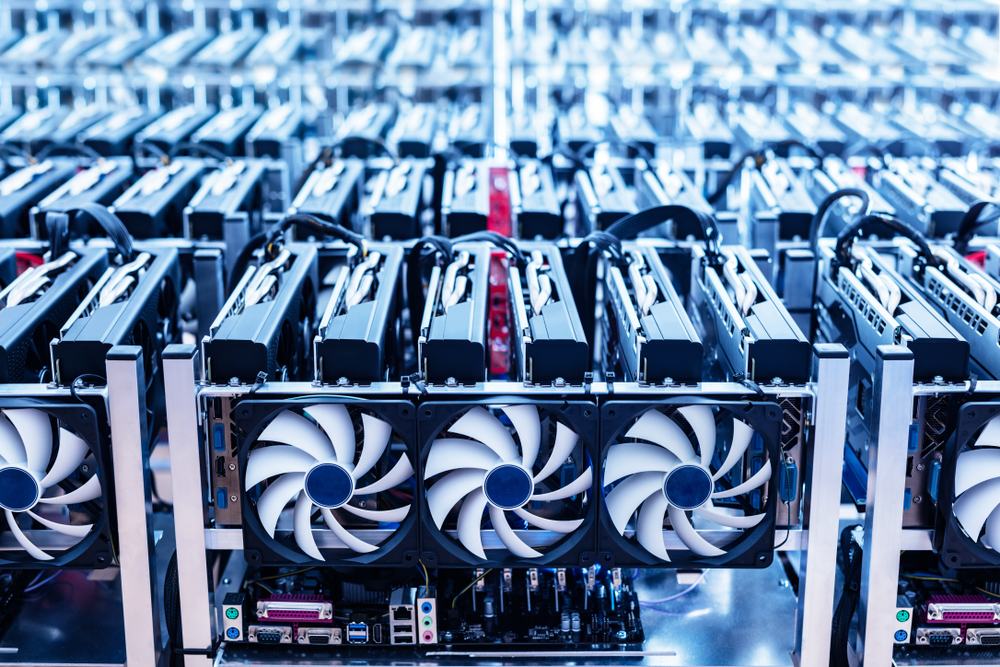
Ever heard the saying, “A craftsman is only as good as his tools”? Well, the same goes for cryptocurrency mining. To get started on the right foot and make your mining efforts count, you need the right equipment and software. Let’s break down what’s essential.
Mining Rigs
One of the first things you’ll need is a reliable mining rig. When it comes to finding the best, there are a few top contenders:
- Antminer S19 Pro: This beast is known for its efficiency. It costs around $2,500 but has an impressive hash rate of 110 TH/s.
- WhatsMiner M30S++: Slightly cheaper and a close competitor to the Antminer, it costs around $2,400 with a similar hash rate.
- Bitmain Antminer T19: A more budget-friendly option, costing about $1,750 with a hash rate of 84 TH/s.
“The right mining rig can make or break your mining journey.” Investing in a good rig ensures you’re off to a solid start.
Mining Pools
Going solo might sound tempting, but joining a mining pool can drastically improve your chances of earning some crypto. Here’s why you should consider it:
- Shared Resources: Combine your resources with other miners to enhance your computing power.
- Steady Income: Instead of infrequent large payouts, you’ll receive more regular, smaller payouts.
- Community Support: Get insights, tips, and guidance from fellow miners.
Check out some of the best mining pools.
Critical Software
Even the best rig needs the right software to run efficiently. Here are some popular choices:
- CGMiner: Versatile and reliable, CGMiner supports a wide range of hardware and offers various features for managing your mining operations.
- BFGMiner: Similar to CGMiner but optimized for FPGA and ASIC mining.
- NiceHash: User-friendly, ideal for beginners, and offers a marketplace for hashing power.
Choosing the right software is like finding the right co-pilot; it keeps your mining operations running smoothly.
Setting Up
Now that you’ve got your rig and software, let’s get it all up and running. Follow these steps:
- Assemble Your Rig: Follow manufacturer instructions to put your mining rig together. Ensure all connections are secure.
- Install Your Software: Download and install your chosen mining software. Each has its setup guide — follow it closely.
- Configure Settings: Input your mining pool details, wallet address, and preferences into the software.
- Start Mining: Boot up your rig and kick off your mining journey.
Getting everything set up is a critical step. Think of it like setting the foundations for a house – make sure it’s done right, and you’ll have fewer problems later on.
Curious about how to monitor your mining progress and optimize your settings? Stay tuned for the next part of our guide where we’ll walk you through the essential steps for getting started and maximizing your mining efficiency.
Getting Started: A Step-by-Step Guide

Thinking about kicking off your crypto-mining adventure? Great! You’re in the right spot. Let’s break it down into simple, actionable steps. Buckle up, and let’s get started.
Assess Your Budget
First things first – you need to take a good, hard look at your finances. Crypto mining isn’t just a casual hobby; it comes with its share of expenses. Your initial costs will include mining rigs, cooling systems, and possibly electrical upgrades for your home. Figure out how much you’re willing to invest upfront. If you don’t have deep pockets, don’t worry – you can always start small and scale up later.
Choose the Right Cryptocurrency
Not all cryptocurrencies are created equal when it comes to mining. Some are more beginner-friendly than others. Do a bit of research to see which coin will suit your setup best. For beginners, options like Monero (XMR) and Zcash (ZEC) can be good starting points. They offer a lower entry barrier and can be mined using relatively less expensive hardware.
Setup and Configuration
Alright, now that you’ve got your budget sorted and chosen your crypto, it’s time to set up your gear. Here’s a quick rundown of what you’ll need to do:
- Install Your Mining Rig: Follow the manufacturer’s manual carefully. Ensure all components are correctly assembled.
- Cooling Solutions: Mining rigs generate a lot of heat. Invest in good cooling solutions to prevent overheating and damage to your equipment.
- Electrical Setup: Ensure you have a stable power supply. Investing in an uninterruptible power supply (UPS) might save you from unexpected outages.
- Software Installation: Download and install mining software that supports your chosen cryptocurrency. Configuration settings will vary based on the software you’re using.
Monitor Your Progress
Once your setup is complete and mining is in full swing, keeping an eye on your progress is crucial. Here are some tips:
- Track Earnings: Use software tools to monitor how much cryptocurrency you’re mining. Compare it with your electricity and maintenance costs to ensure profitability.
- Regular Maintenance: Keep your system clean and check for any hardware issues regularly. A well-maintained rig will perform better and last longer.
- Stay Updated: Stay abreast of any updates in mining software or changes in network difficulty. This can impact your mining efficiency.
So, are you ready to kick-start your mining journey? Think you have what it takes to keep up with the trends and make it profitable? There’s a lot more to learn, and the journey doesn’t stop here. Keep an eye out for the final part of this series where I’ll share more tips and essential resources to help you succeed.
Additional Tips and Resources

Alright, so you’re all set up and ready to dive into the world of crypto mining. But before you start celebrating your future crypto riches, here are a few more tips and resources that could make a significant difference in your mining journey.
Cooling Solutions
One of the biggest challenges you’ll face is managing the heat generated by your mining rigs. Overheating can not only reduce your efficiency but also damage your equipment. Some popular cooling solutions include:
- Air Cooling: Simple yet effective. Place your rigs in a well-ventilated area and use high-quality fans to keep the air circulating.
- Liquid Cooling: For those who want to take it up a notch, liquid cooling systems can offer more effective heat management compared to traditional air fans.
- Immersion Cooling: This involves submerging your equipment in a special non-conductive cooling liquid. While it’s highly effective, it’s also more complex and costly.
There are numerous studies on effective cooling solutions. For instance, a study by Wiley Online Library discusses the efficiency differences between air and liquid cooling. Always consider your budget and setup before diving into these solutions.
Staying Updated
The crypto world moves fast, and staying updated is crucial. News can significantly impact the profitability of your mining operations. Here are some ways to keep yourself in the loop:
- Follow credible news sources like CoinDesk and Cryptolinks News.
- Join forums and communities like BitcoinTalk and Reddit’s r/cryptocurrency.
- Use apps that track crypto news and market movements, such as Binance or Coinbase’s news features.
Recommended Reading
Want to learn more? Here are some great resources for deeper insights:
- Investopedia: How to Get Established as a Cryptocurrency Miner
- Investopedia: How Does Bitcoin Mining Work?
- LinkedIn: Crypto Mining – A Comprehensive Guide for Beginners
Final Thoughts
So, there you have it! We’ve covered a lot of ground in this guide, from understanding the challenges and profitability to selecting the right equipment and getting started. While crypto mining can be profitable, it’s not a guaranteed win. It’s essential to do thorough research and calculate your potential returns before diving in.
Remember, the journey can be both exciting and challenging. If you’re willing to invest the time and resources, you’re already on the path to potentially profitable mining operations. Don’t forget to stay updated with the latest news, manage your cooling solutions effectively, and consult the recommended readings for more in-depth knowledge.
Thanks for reading, and good luck with your mining endeavors! For more insightful guides and updates, keep exploring Cryptolinks.com.
